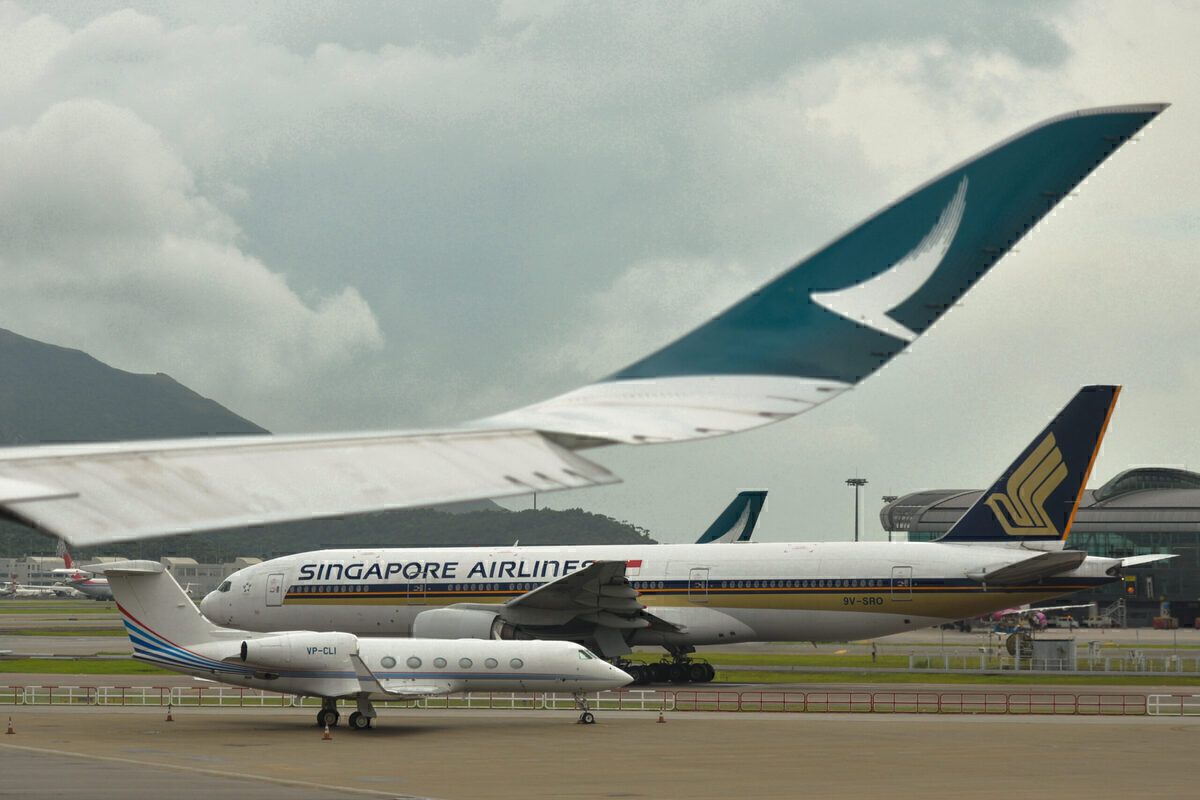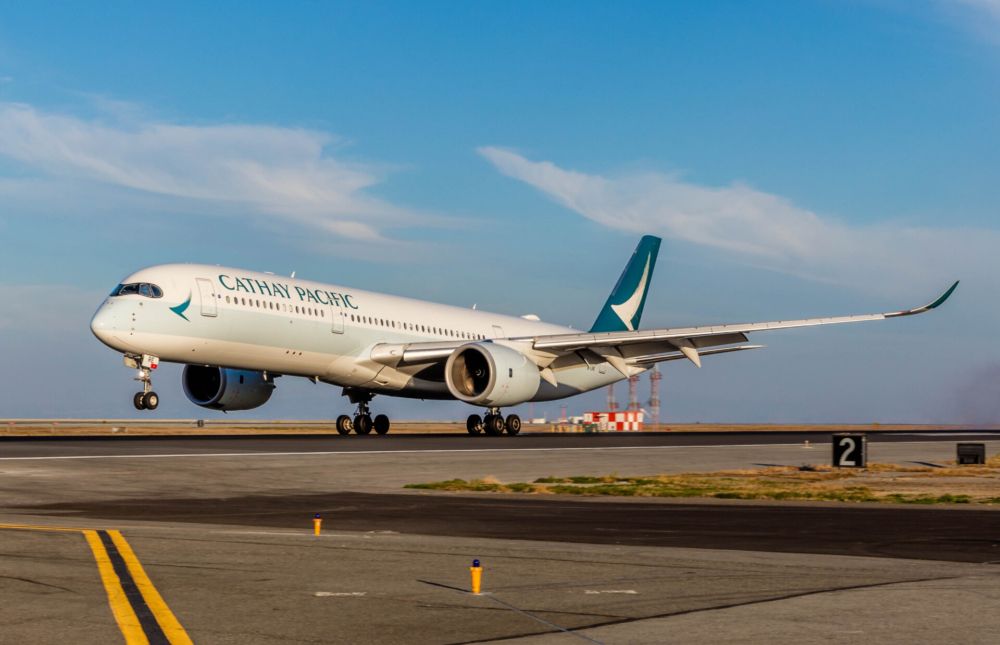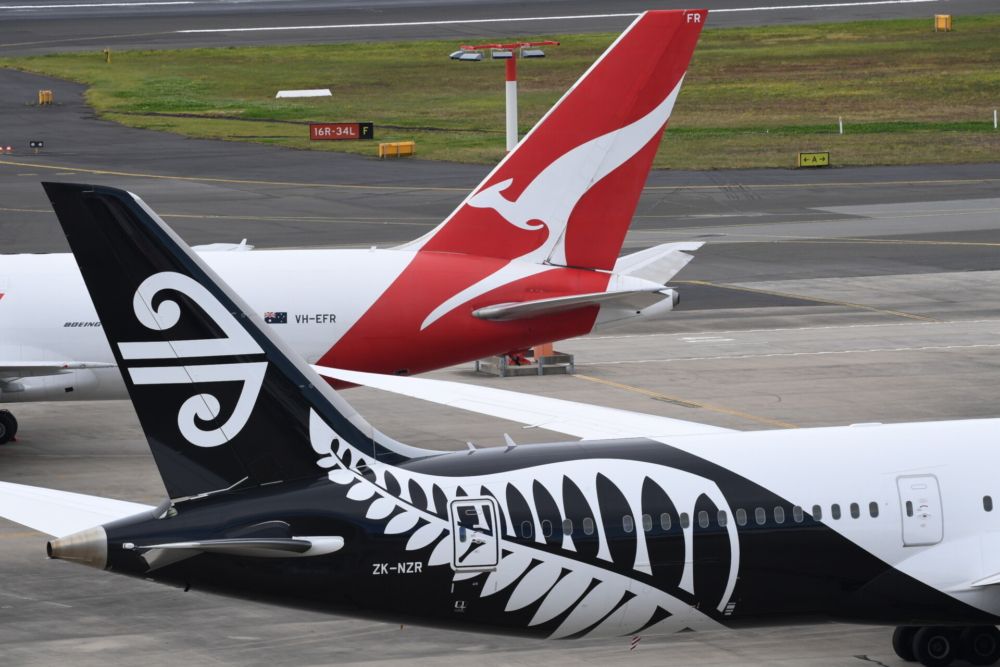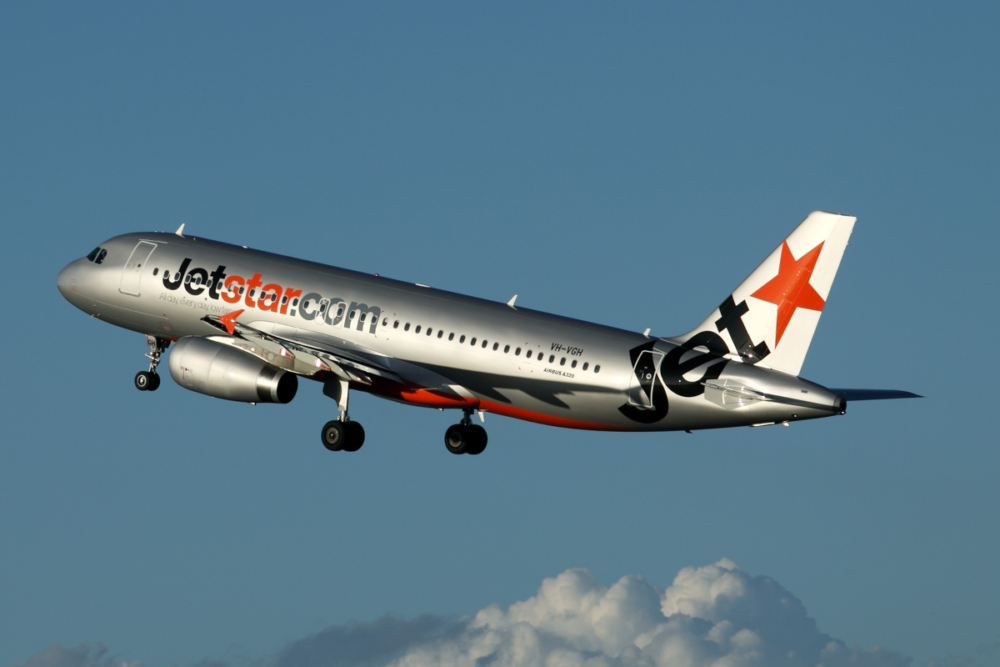As borders slowly reopen after nearly two years, one region has been slow to respond: Asia-Pacific (APAC). While North America and Europe have largely opened their borders to all vaccinated passengers, APAC countries have been conservative in their approach. This leaves Asia's aviation recovery more restricted than its competitors. At the Future Flying Forum last month, IATA's Deputy Director, General Philip Goh, shed some light on why this is the case.
All about vaccines
It's no secret that the Asia-Pacific region has some of the tightest entry conditions. Places like China, New Zealand, Taiwan, and Hong Kong have pursued a COVID-zero policy. This naturally means a closed border and hard quarantines, leaving international flying at near-zero levels.
As COVID shows no signs of disappearing, several countries have started to slowly open their markets. However, progress has been slow and the traffic remains down 93% compared to pre-pandemic figures. But why is this?
Speaking exclusively to Simple Flying last month, IATA's Regional Vice President for Asia-Pacific Philip Goh shared his thoughts on the region's aviation recovery. He explained why things remain far more restricted, saying,
"If you think back to the early success in closing borders very quickly had really contained the spread of the COVID 19 virus. But [this has meant] the risk appetite by governments has very much continued to keep borders largely closed. So, this is not helped by the generally lower vaccination rates around the region and this is hampering a faster upturn."
Progress being made
Despite APAC airlines seeing a loss of $45 billion last year, there are some green shoots of recovery. The two strongest markets continue to be cargo and the Chinese domestic market, the latter of which bounced back significantly last summer. However, countries are now dabbling with an international reopening too.
The two notable examples here are Singapore's Vaccinated Travel Lane (VTL) program and Thailand's reopening scheme. These allow for quarantine-free travel for vaccinated travelers from select countries. While this only slightly improves traffic data, Goh notes that this is an important moment,
"What we have seen so far, is a kind of baby steps in the grand scheme of things. But nevertheless, we welcome this, small as they are, because I think they are important signals, and a recognition that the borders must start opening, even if it's in a kind of calibrated way."
For now, don't expect the recovery gap between the APAC and Europe/North America to shrink soon. However, as the pandemic slowly ebbs away, travelers can expect to see more and more countries open their borders subject to testing and vaccination. Indeed, this will be key to bringing about a global aviation recovery.
What do you think about Asia's aviation recovery? Let us know in the comments!




